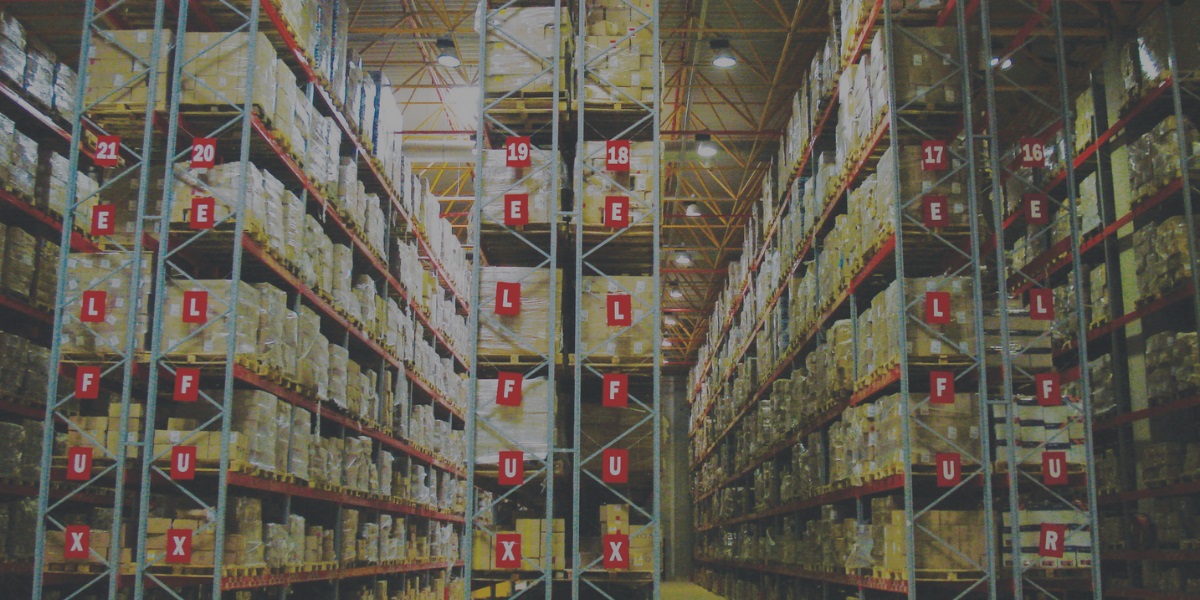
your warehouse Determining your needs correctly while planning will affect your performance evaluation.
Performance measurements in storage are made in different ways. The most commonly used, traditional measures relate to cost and efficiency. For storage and distribution functions, top-level performance metrics are calculated as follows.
Ratio of operating cost to sales: storage, distribution costs / sales
Operation efficiency: product in motion / (number of people × hours)
In finance performance measurement, the costs of each warehouse activity should be subtracted from the total company budget. These costs are intended to help evaluate external storage job offers, make budgets, and measure improvement. In this method, tables similar to the following should be used.
Efficiency, as in every field, is one of the most basic performance criteria for the warehouse.
To define efficiency; We can say that it is the ratio of the final output produced by a resource to the inputs required to achieve this final output.
The efficiency and use of workforce, space, goods transportation services and warehouse management systems in the warehouse should be monitored. Total labor productivity can be measured by the ratio of the weight of orders, number of items or shipments out of the warehouse to variables such as time spent in operations, time spent in warehouse management:
Labor efficiency: shipment quantity / (hours spent on warehouse management and operations × Man)
Storage density: inventory capacity / Total warehouse area
In addition, it should be monitored not to take advantage of the location and volume in the warehouse.
Position utilization rate: number of occupied positions in the warehouse / all positions in the warehouse
Volumetric utilization rate: volume of occupied positions in the warehouse / total volume of the warehouse
In terms of quality criteria, there are a total of four main warehouse quality performance criteria; It is calculated as follows: two for the transportation of incoming products and two for the transportation of outgoing products:
Placement accuracy: number of products placed correctly on the shelves / all products placed on the shelves
Inventory accuracy: consistent number of locations / all locations expected to have product in them
Collection accuracy: order items picked without errors / all order items picked
Shipment accuracy: Order items shipped without errors / all orders shipped
We can express cycle time as the time it takes from the beginning to the end of any process to complete it.
Two basic performance measures can be used regarding cycle time for two basic processes in warehouses, namely shelving and order picking;
Provincek Conversion Time from Receipt to Stock: The time between the invoice of a product reaching the warehouse and the time it takes for that product to be ready for collection.
Order Cycle Time: The time it takes from the moment an order is placed in the warehouse (following the picking and packaging processes) until that order becomes ready for shipment.
You can determine your warehouse needs and or what you need to do in your warehouse by applying all these explanations yourself in your existing warehouse. Apart from all these, you can also invite an expert to your warehouse and have him explain these processes, the location of your warehouse, the way it works, etc. You can also use it as a method to evaluate it together with cyclical criteria and guide you.